When it comes to knives, performance is key. Whether it's for culinary purposes, outdoor adventures, or everyday tasks, the mechanics behind a knife’s effectiveness can be understood through science. In this article, we’ll delve into the factors that contribute to the peak performance of knives, focusing on elements such as steel composition, blade geometry, edge retention, and user ergonomics. From the Morpheus VG10 Damascus Pocket Knife to high-end culinary knives, understanding the science can help you choose the right tool for your needs and make thoughtful personalized gifts.
The Anatomy of a Knife
To truly appreciate knife performance, it's essential to break down its components. Each part of a knife serves a crucial purpose that contributes to its overall functionality. The main elements include:
Blade Steel
The type of steel used in a knife dramatically affects its performance. For instance, Damascus steel, often found in high-quality knives like the Morpheus VG10 Damascus Pocket Knife, is renowned for its incredible durability and beauty. The combination of different steel layers not only provides aesthetic appeal but also exceptional edge retention and resistance to corrosion. Another common material is carbon steel, favored for its ability to take a razor-sharp edge. However, it tends to rust if not properly maintained.
Blade Geometry
Blade geometry refers to the shape and design of the knife blade, influencing how the knife performs in various tasks. For example:
- Flat Ground: Provides a thin, sharp edge ideal for fine slicing.
- Convex Ground: Allows for durability and strength, making it great for heavy-duty tasks.
- Hollow Ground: Offers a very sharp edge, suitable for tasks that require precision.
The angle of the blade's edge also plays a significant role. A steeper edge is better for durability while a shallow edge allows for finer cuts. Understanding your needs will help you choose the right blade geometry for your applications.
Edge Retention and Sharpness
Edge retention is the ability of a knife to maintain its sharpness over time and use. Factors influencing edge retention include steel quality, hardness, and the initial grind of the edge.
Rockwell Hardness Scale
One of the most common measures of a knife's hardness is the Rockwell hardness scale (HRc). The tougher the steel, the higher its rockwell rating. For example, a knife made of VG10 steel often boasts a hardness rating of around 60 to 62 HRc. This makes it a popular choice among both chefs and outdoor enthusiasts alike, as it provides excellent edge retention while still being relatively easy to sharpen.
The Importance of Ergonomics
Another critical factor in knife performance is how it feels in your hand. Ergonomics can significantly impact your control and comfort when using a knife.
Handle Design
A well-designed handle can prevent hand fatigue during extended use. Materials used in knife handles range from natural wood to synthetic materials like G10 and Micarta, each providing a different feel and grip. Some handles feature contours for better hand placement, while others offer a more minimalist design.
Weight and Balance
Weight and balance are also essential when discussing ergonomics. A knife that is too heavy can lead to hand fatigue, while a lightweight knife may not provide sufficient heft for tougher tasks. Finding a balance that suits your style and needs will enhance your experience and effectiveness in using a knife.
Maintenance for Optimal Performance
To maximize the lifespan and performance of your knife, maintenance is critical. Regular sharpening, cleaning, and proper storage can make a world of difference. Here are some maintenance tips:
- Sharpen Regularly: Use a quality sharpening stone or system to keep your blade sharp.
- Clean After Use: Hand wash and dry your knife immediately after use to prevent rust.
- Store Properly: Use a knife block, sheath, or magnetic strip to protect the blade’s edge.
For high-end products like the Morpheus VG10 Damascus Pocket Knife, following these maintenance guidelines can preserve the integrity and sharpness of the knife, ensuring it performs well for years to come.
Specialized Knives for Specialized Tasks
Not all knives are created equal. Certain knives are designed for specific tasks, and understanding these nuances can significantly enhance your performance. Here’s a brief overview of specialized knives:
Chef’s Knives
Chef’s knives are versatile, featuring a broad blade that allows for slicing, chopping, and dicing. Look for a well-balanced knife with a comfortable grip to enhance your culinary skills.
Paring Knives
These small knives excel at intricate tasks such as peeling and trimming, making them an essential part of any kitchen. Their size gives you better control for precise cuts.
Outdoor Knives
Outdoor knives, perfectly suited for camping and survival situations, need robust construction for tough conditions. A sturdy blade, practical design, and a comfortable handle make for an ideal companion.
Making Meaningful Choices: Personalized Gifts
When it comes to gifting, a personalized knife can be a meaningful and thoughtful option. Custom engravings or monogrammed handles can make a knife not just a tool, but a treasured keepsake. Whether you're considering a gift for a chef, a knife enthusiast, or even for personal use, investing in a high-quality, personalized knife can show that you care. Choose wisely, and your gift will be used and appreciated for years.
Cutting Through the Confusion: The Right Choice for You
In the world of knives, choosing the right one can feel overwhelming. With so many options, materials, and designs, it's crucial to consider your specific needs. Whether you're looking for performance in the professional kitchen or reliable functionality for outdoor activities, understanding the science behind knife performance will guide you in making an informed decision.
Remember to consider blade steel, geometry, edge retention, ergonomic details, and maintenance when selecting a knife. A well-chosen knife can transform your culinary experience or enhance your outdoor adventures. Plus, don’t forget about the potential of personalized gifts; they can create lasting memories while catering to the practicalities of life.
By armoring yourself with knowledge around knife performance, you'll not only be able to select the best tools for your tasks but will also impress fellow enthusiasts with your understanding, eventually making you a trusted resource in the knife community.








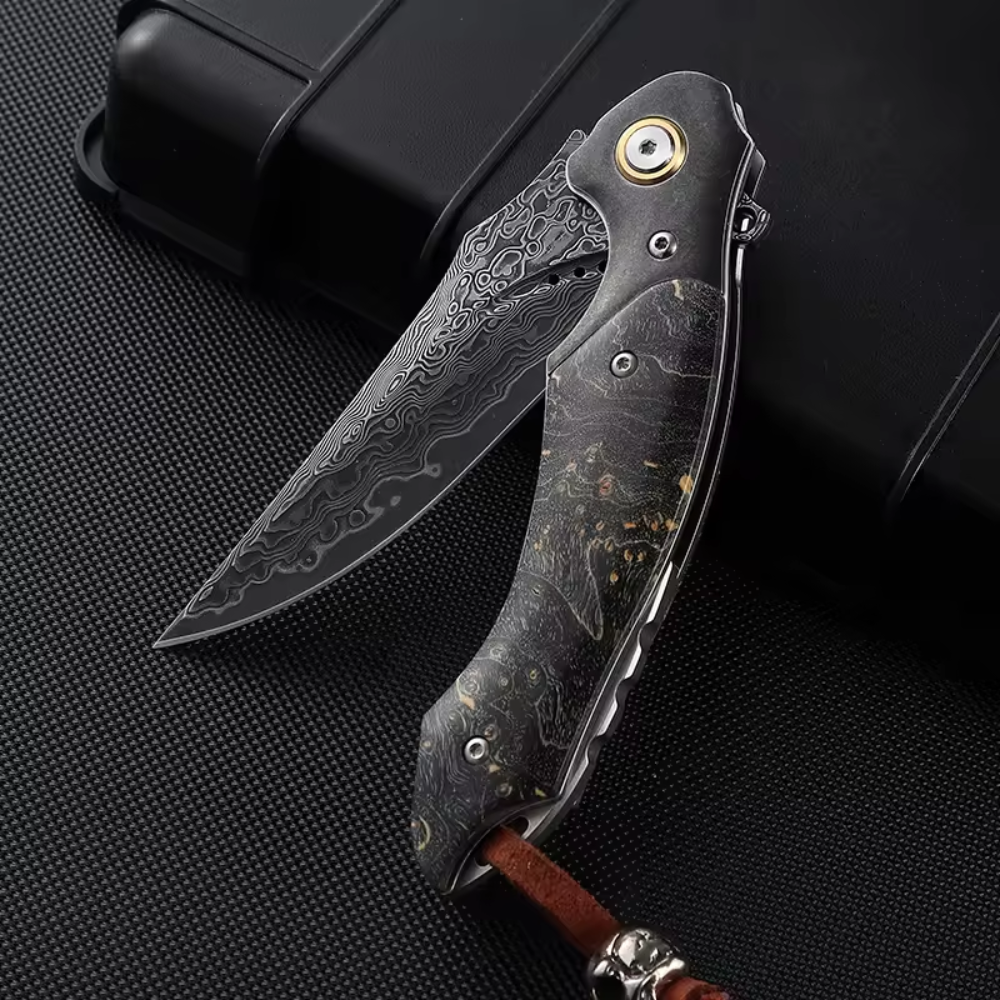


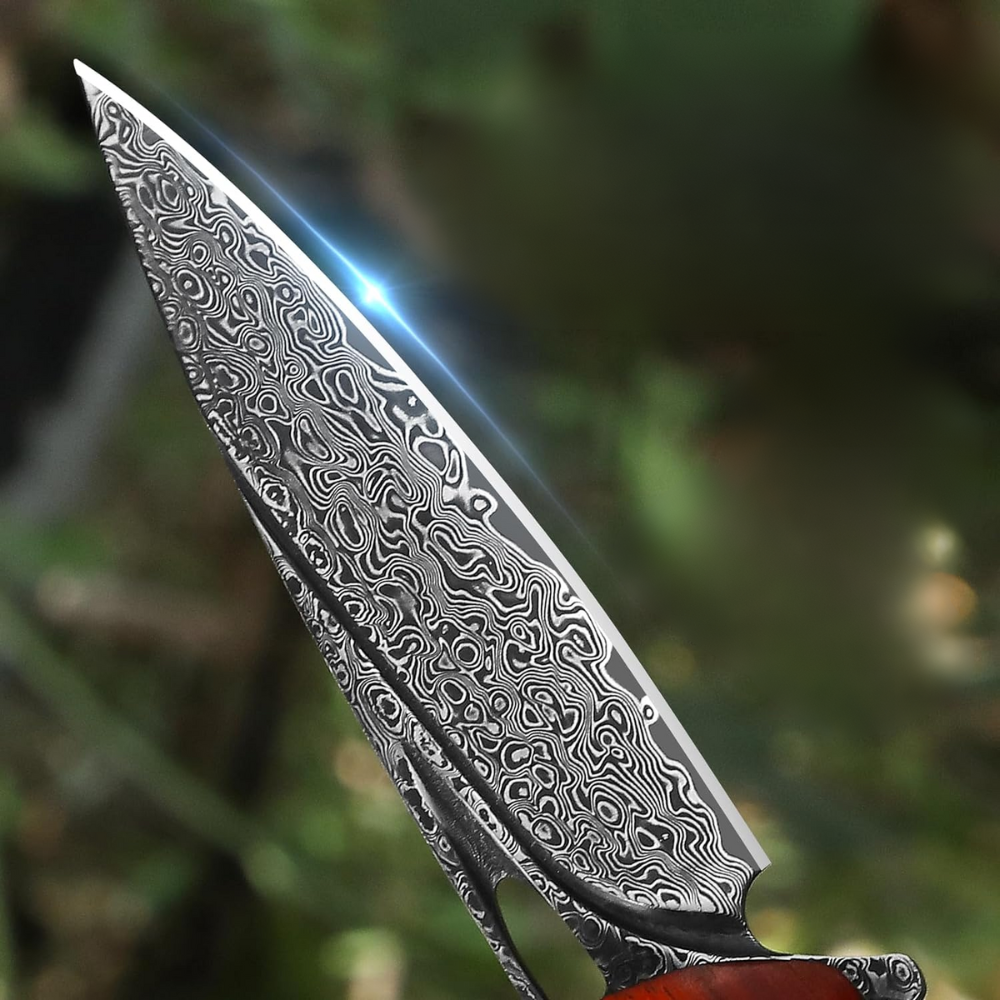








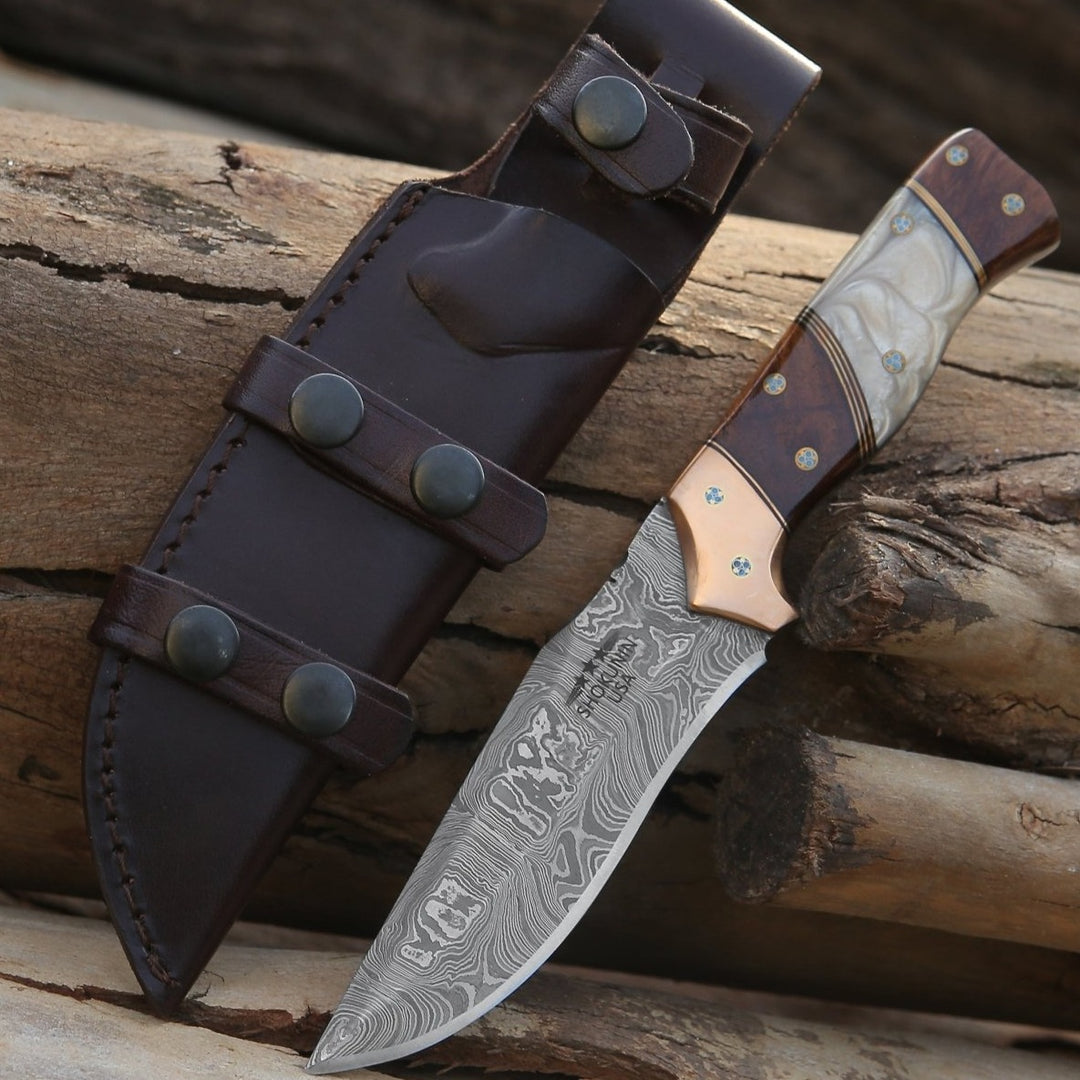
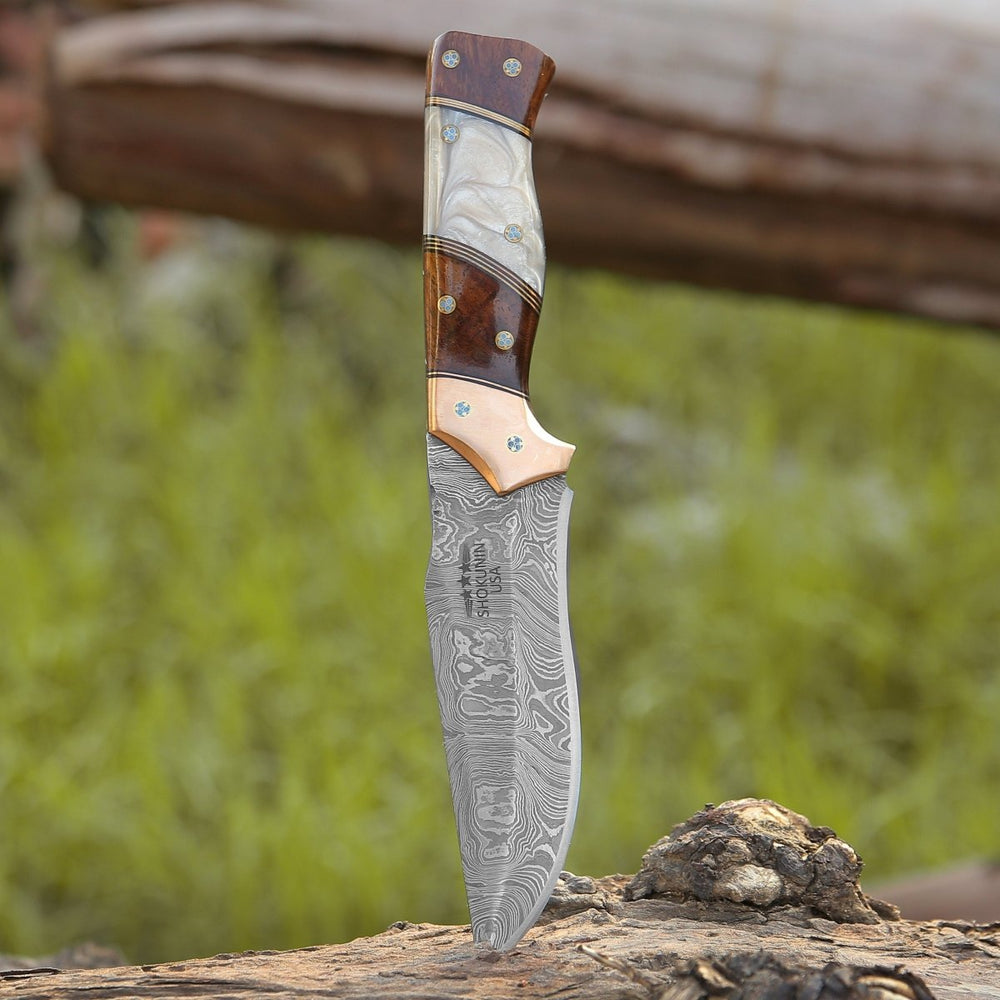


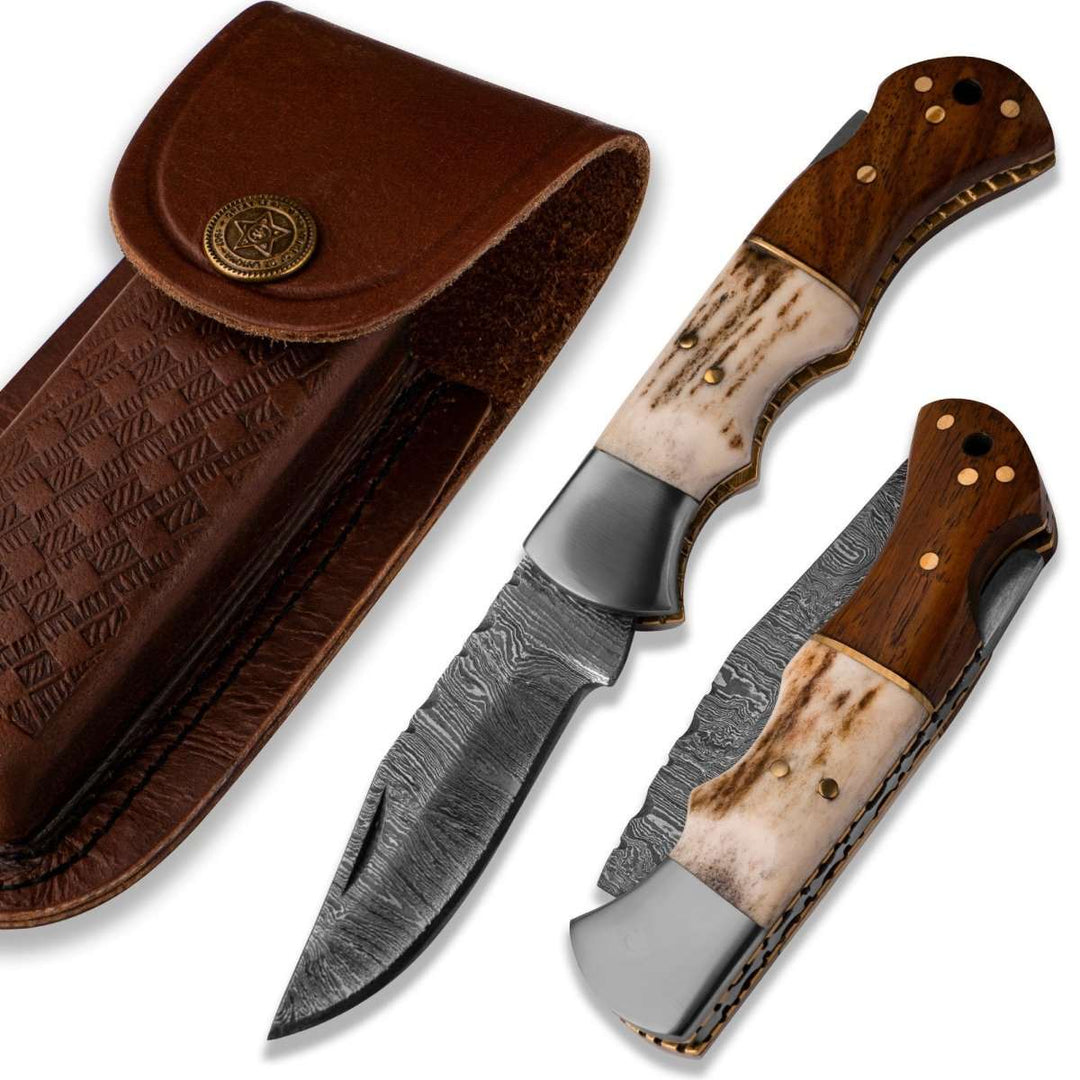





Hinterlassen Sie einen Kommentar